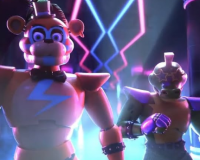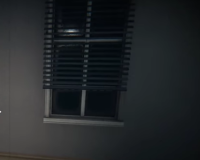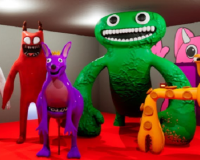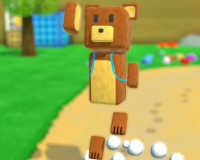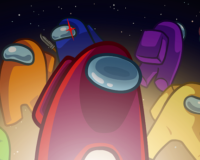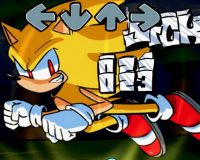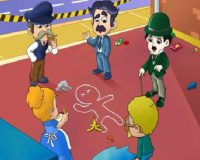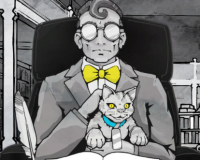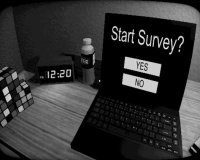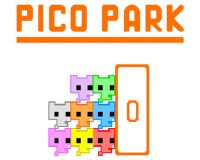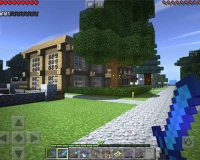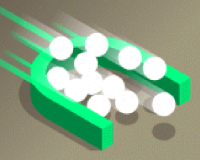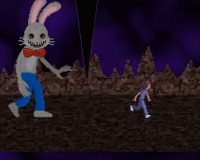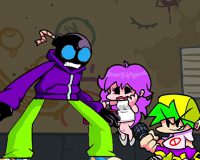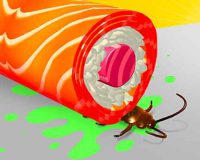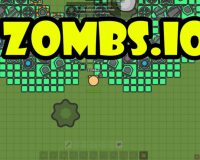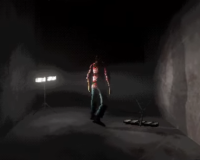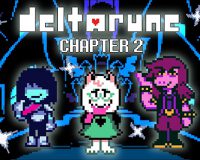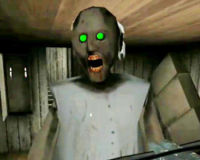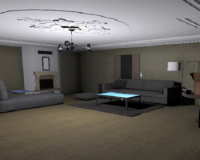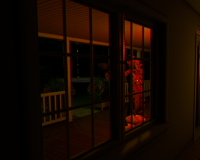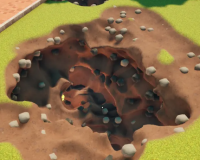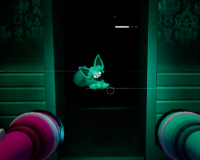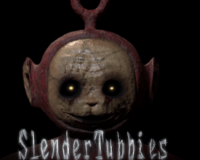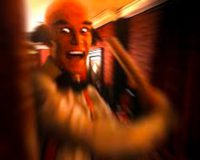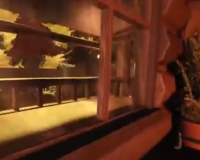
Advertisement
Father Figure
Father Figure is a short atmospheric game that puts the player in a slowly vanishing world. The story follows a character coping with the loss of their parents, and that grief is reflected in the disappearance of people, objects, and sounds. There is no dialogue or exposition. The player is placed in a familiar home setting, but with each passing moment, the space becomes emptier and less recognizable. It is a game about absence, where change happens quietly but constantly. The experience is designed to be short and emotionally focused.
Gameplay and interaction style
The game is presented in first person and uses basic controls for movement and interaction. The player moves with standard keys and interacts with the world using a single mouse button. There are no goals or challenges to complete. Instead, the player is encouraged to explore and observe. A unique feature is the microphone input, which is used not for control, but as part of the emotional interaction. The game listens for sound but does not always respond directly, creating a space where presence is acknowledged without being explained.
Visuals and structure
Father Figure uses visuals inspired by early 3D graphics, giving the world a blurred, aged appearance. The style creates emotional distance while keeping the player grounded in a recognizable setting. As time passes, rooms fade, objects vanish, and even walls begin to shift. The player is not told why this happens, but the connection to loss is clear. The game is structured to last only a few minutes, with each step forward revealing a little more of what has been taken away.
Key features of Father Figure include:
- First-person exploration with minimal controls
- A slowly disappearing home environment
- Retro-inspired visual style based on PSX aesthetics
- Microphone input for atmospheric interaction
- A short session built around emotional tone
These elements work together to form a quiet, focused experience.
Tone and emotional framing
Rather than explaining its meaning, Father Figure lets the environment speak for itself. There is no direct narrative, but each detail contributes to a larger emotional message. The absence of sound in later scenes, the vanishing doors, the silent reactions from the world—all suggest the disorientation of grief. The microphone feature becomes symbolic, as if the player is asked to be heard in a place where no one responds. Father Figure leaves space for the player to reflect, on the story and on their own response to emptiness and change.




